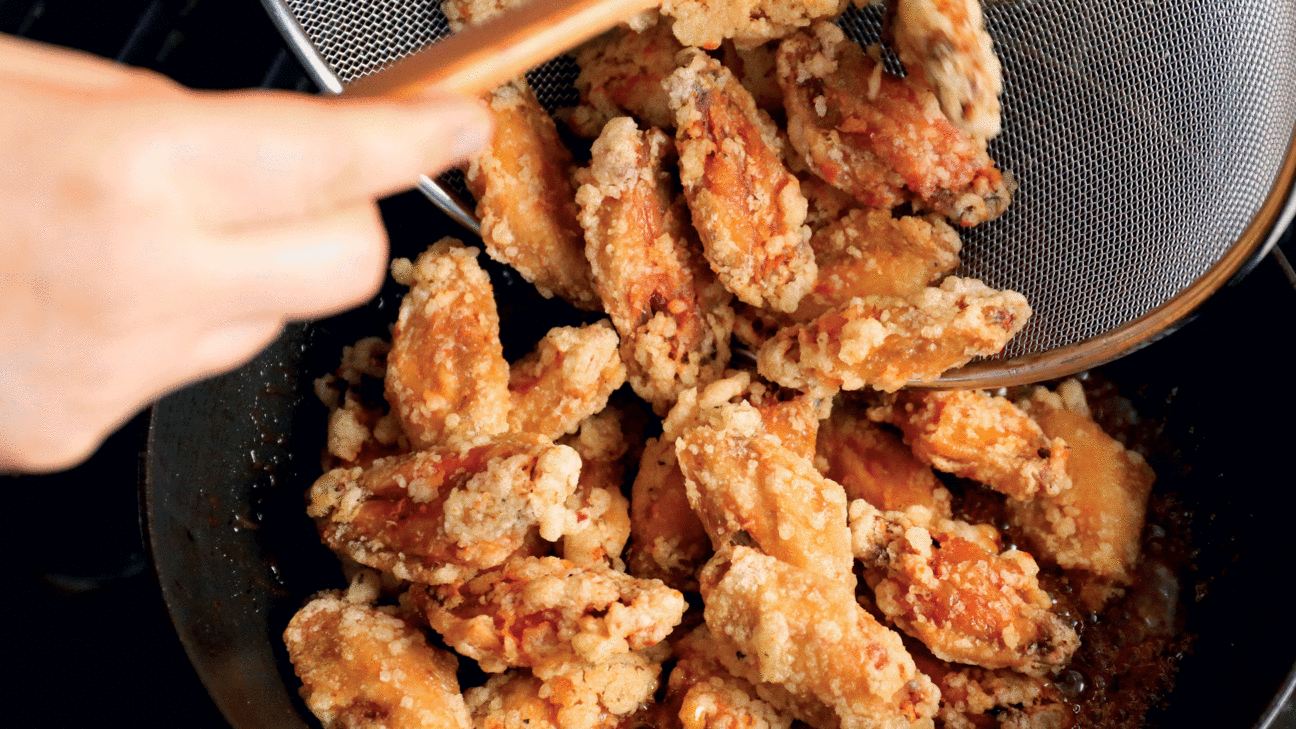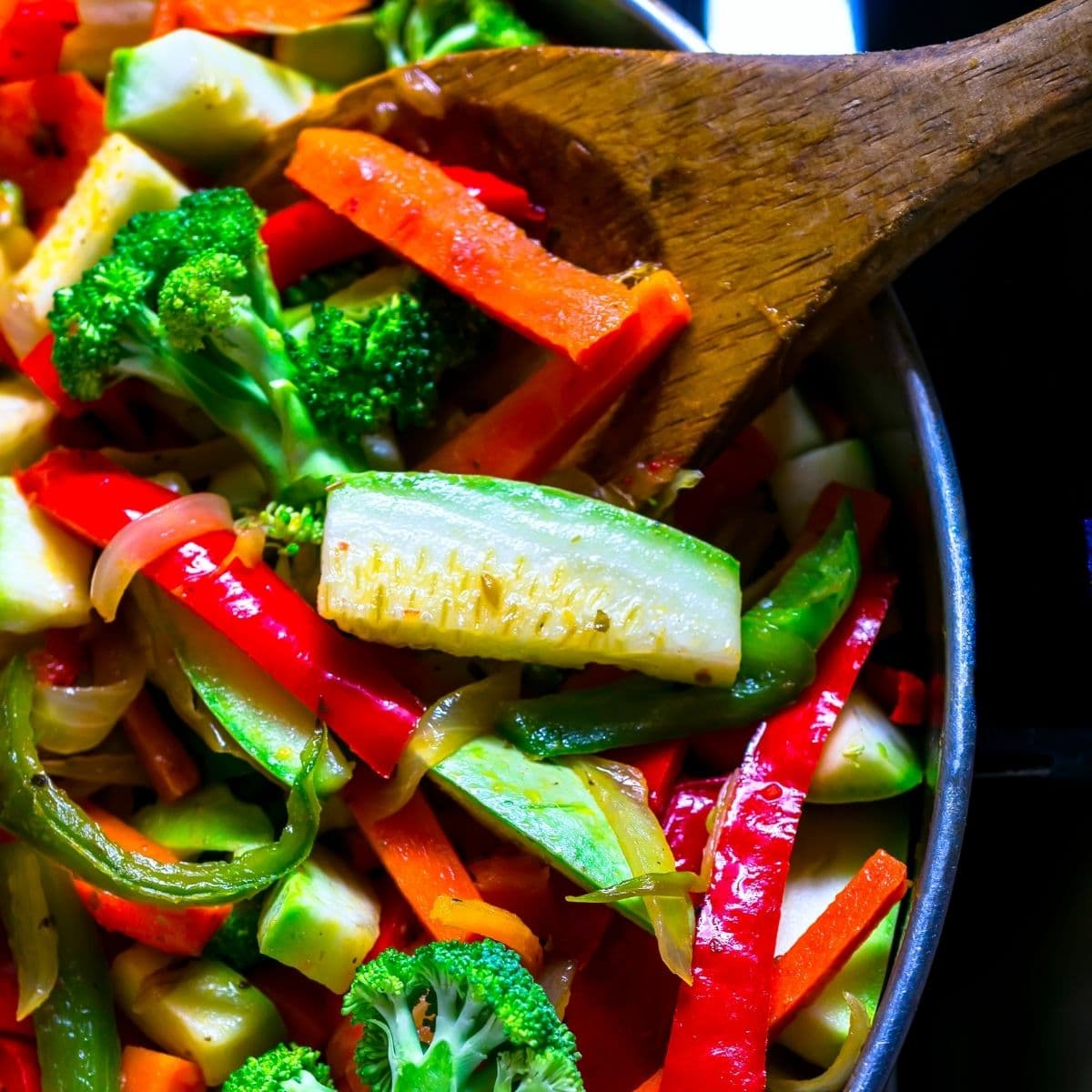
You can make sure your kitchen is safe by following a few simple steps. Besides the usual safety precautions like avoiding extension cords, not buying appliances that are broken and turning pot handles inward, you should also be aware of the potential hazards in the kitchen. These can include electrical fires, choking hazards, and fires. Read on to learn more about the kitchen safety tips. These are the best:
Fire hazards
One of the most dangerous areas in the home is the kitchen. Common kitchen hazards can lead to serious injuries. Although most kitchen accidents can be avoided some may prove to be fatal. With a few simple precautions, most kitchen injuries can be prevented. You should seek immediate medical attention if there is any injury. Even if your injury appears minor, you could have an internal injury that will not be apparent for days.
Electrical fires
These fires can often be unpredicted, but you can avoid them with some basic safety precautions. Overloading an electrical outlet is not a good idea. You also should avoid overusing liquids and water near heat-generating equipment. Do not plug appliances that can be used with liquids or water. Also, avoid overloading outlets. It can cause serious injury and possibly even cause a trip breaker.

Stoves
House fires are often caused by people leaving things unattended in the kitchen. It is common for people to leave their cooking on while they are out or go for a quick nap. Make sure that you do not leave something near the stove, set a timer, and do not leave anything flammable nearby. Potholders should be used to catch any packaging which might fall onto the stove.
Choking hazards
Choking in the kitchen can lead to many problems. Children can choke even on small items. Parents must be cautious about their children's safety. Make sure to check behind furniture, under furniture, or any other place where children can reach it. Parents must be aware of CPR and keep a cell phone handy for emergency situations. Choking hazards should not be visible. Children should be taught how to childproof cabinets and drawers in order to avoid choking in the kitchen. Children should be supervised when eating, and foods should be cut into half-inch pieces.
Cross-contamination
Cross-contamination can be a serious problem in the kitchen. Cross-contamination can occur when equipment transfers large quantities of potentially dangerous bacteria to food being made. Whether a machine is being used to slice meat or a piece of glassware, cross-contamination is a serious problem. A meat slicer was infected with listeria in 2008. Cross-contamination may not always be possible. However, there are still a few steps you should take to prevent cross-contamination in your kitchen.

Hand washing
Proper hand hygiene is an important part of food safety. Hand washing is essential for food safety. Employees must wash their hands often and frequently. Hand washing requires training and the right setup of handwashing stations. Proper hand washing will reduce cross-contamination significantly and create a safer environment for food production. Proper hand washing practices are important for the health and safety of food processing facilities, and should be emphasized in training and posted prominently in the worksite. Hand-washing will also make your product cleaner and more healthy.
FAQ
How much does it cost for you to learn culinary arts?
Prices for studying culinary arts vary widely. For example, a four-year degree typically costs around $40,000. A two-year associate's level degree can cost less than $5,000. Tuition rates vary depending on what program you choose. The tuition rates for private institutions are usually higher than those of public universities.
How long does learning to cook take? How much time do I need?
It all depends on what level of skill you have. Some people can learn basic cooking techniques in as little as a week. Others may take months or years to master the basics of cooking.
The time taken to learn to cook will depend on who you ask. For example, someone who has never cooked before would probably need more time than someone who cooks regularly. Also, certain types of cooking require more experience than others. Baking is more difficult than frying.
Focusing on a particular technique is the best way to speed up your cooking skills. Once you are proficient in that technique, you can move onto the next one. You don't need to worry about how many days or weeks it took to learn how to cook. Enjoy the process and keep practicing.
Are there any requirements to become a chef?
No. No. Many chefs began their careers learning by themselves. Some even went to culinary school just to gain experience. However, most chefs prefer to attend culinary school because it gives them more opportunities to learn and grow professionally. Culinary schools provide hands-on training that helps students develop valuable skills and enhance their culinary knowledge.
What should a beginning cook learn first?
Beginners should begin cooking simple dishes like soup, pasta, and rice. You can learn how to cook by looking at a cookbook or watching a YouTube video. Cooking with friends is much more enjoyable. You can cook together as a family or with friends.
Statistics
- In the United States, the category is estimated at $23.2 billion annually and is growing faster than the market. (washingtonpost.com)
- You'll be amazed that over 90% of CIA students receive scholarships and grants to finish their culinary studies. (ischoolconnect.com)
- According to the BLS, chefs earn $58,740 a year. (learnhowtobecome.org)
External Links
How To
How to make a perfect eggroll
Omelets are my favorite breakfast dish. But how do they turn out so perfectly? I have tried many different recipes and methods, but none of them work. Today, I'd like to share some tips with you in order to make delicious and fluffy omelets every day.
When making omelets, it is important to be aware that eggs can be temperamental. You must get them fresh, organically, and keep them cold until you cook. If you don't keep them cold enough, the whites won't form properly, and the yolks will break down too much and become runny. This causes your omelets to look oddly colored. If you're going to cook them immediately, it is best if the eggs are still warm.
Another tip is to separate your egg before adding it into the pan. The yolk and white should not be mixed together as this can cause the omelet's curdle.
You could end up burning the bottom half of the egg if the egg is added directly to the heat source. Instead, put the egg in the microwave for 10 seconds before putting it into the pan. The heat from the microwave cooks the egg just enough without overcooking it.
Next, let us talk about how to mix the eggs. You want to mix the eggs thoroughly before you add them. You can do this by turning the bowl of your mixer upside down. Then, vigorously shake the bowl. This way, the air inside the bowl gets whipped around and mixes the egg thoroughly.
Now it's time to have fun: pour the milk into the mixture. Fold the eggs in the milk mixture by first pouring half of it into the egg whites. Do not be alarmed if there are still egg streaks visible. Once the omelet flips, these streaks will disappear.
After you have done folding the eggs, heat the pan on medium heat. The oil will start to smoke. Add 1/4 cup butter to the oil and swirl it around to coat all sides of the pan. Open the lid and sprinkle salt on the pan. A pinch of salt will prevent your omelet from sticking in the pan.
Once the omelet forms, cover the pan again. Let the top side set completely. Flip the omelet over using a spatula or flip the pan upside down. Cook the second side for a minute or so. Serve the omelet immediately by removing it from the pan.
This recipe works best with whole milk, but skimmed milk also works.